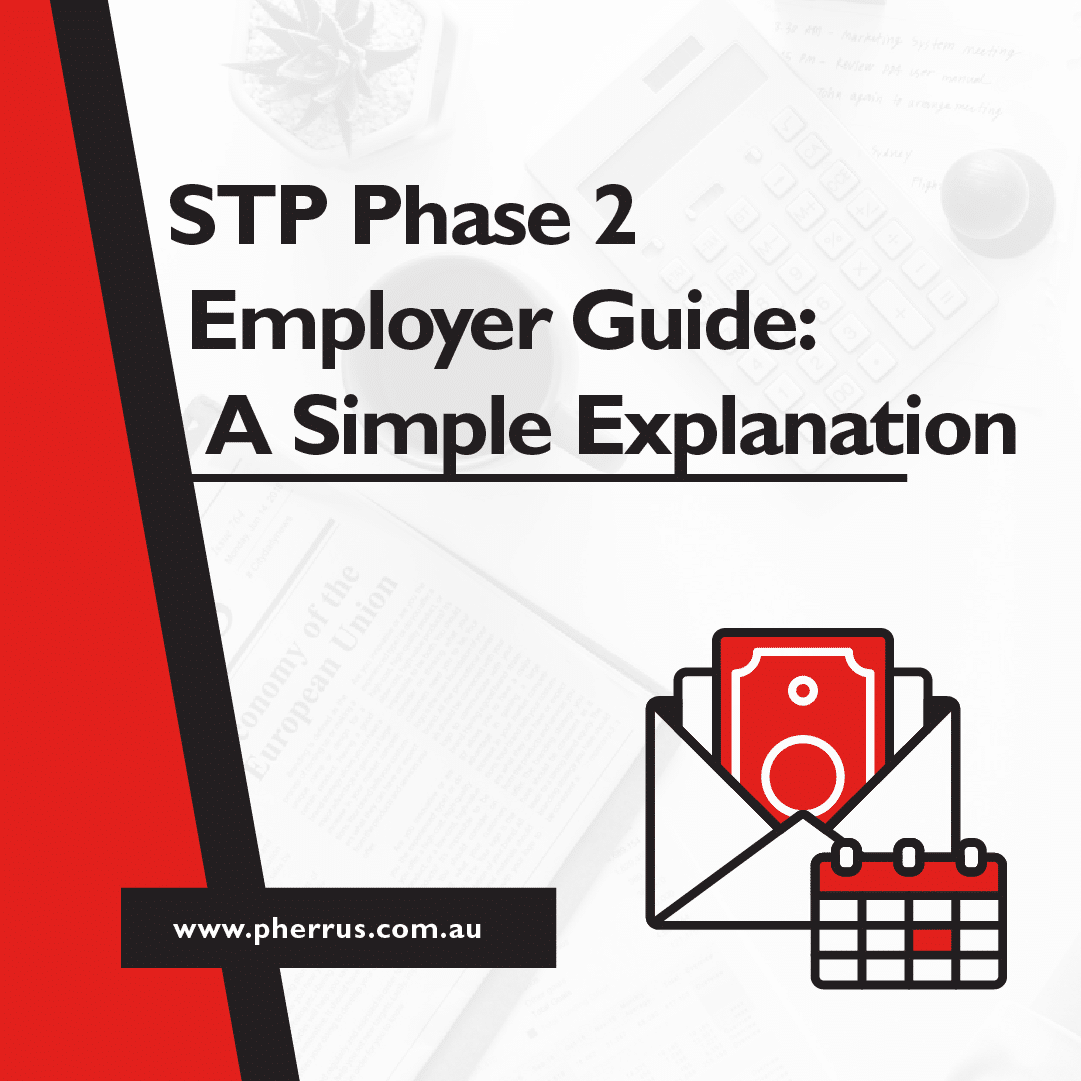As of July 1st 2018, if your business employs more than 20 individuals you need to adhere to the new ATO single touch payroll rules. In summary, the rules state that you need to inform the ATO every time you pay your employees. For example, if you pay them on a monthly basis, you tell the ATO every month. Or, if you pay them bi-weekly, you let the ATO know every two weeks.
For businesses with 19 employees or less, there’s a reduced sense of urgency when it comes to the new rules. Such organisations don’t need to comply until July 2019, although the team at Pherrus Financial agrees that adjusting to the new rules ahead of time is the best way to avoid nasty surprises.
Said surprises can come in the form of fines you may incur if you don’t comply. When you understand what single touch payroll means for your business, how to manage it, and the consequences of failing to do so, your financial transactions will become steadier.
What Single Touch Payroll Means
To comply with single touch payroll you don’t need to adjust your pay cycles. Instead, you simply inform the ATO each time you pay an employee. Other ways the new rules will affect your business include :
- You must inform the ATO of deductions and allowances
- The ATO needs to know about all other payments you make to your employees, including bonuses
- You also need to report on PAYG earnings and withholdings, as well as superannuation
Your employees can now view the payments you make through a MyGov account, which also allows them to request copies of payments so far. If you’re acting as a small to medium activity business, you still need to complete your activity statements.
If you don’t have a payment system that’s STP ready, you can authorise a third party such as Pherrus Financial to act on your behalf.
Understanding What Counts as an Employee
To avoid unnecessary fines, it’s important to understand what counts as an employee. Alongside full-time staff, you need to include the following persons :
- Those who work overseas
- Seasonal workers
- Casual workers
- Part-time employees
- Individuals who are on sick leave
Perform a headcount of all the individuals above to determine whether you have the 20 staff that require you to comply with the STP system.
The Consequences of Not Complying with STP
For the first 12 months of the STP system you will remain exempt of late reporting penalties. During the 12-month period, you will still receive a letter from the ATO informing you of your failure to file or pay employees correctly. Following the first 12 months, the ATO can issue fines reaching up to $630,000 under the Vulnerable Workers Act. As STP is an electronic system, the ATO is also likely to detect errors and failures faster, making it essential that you comply quickly.
Whether you have 20 employees or fewer, complying with the system now before penalties come in will work to your advantage. Using the guidance of financial professionals, you can avoid mishaps that cost your business more in the long run.




